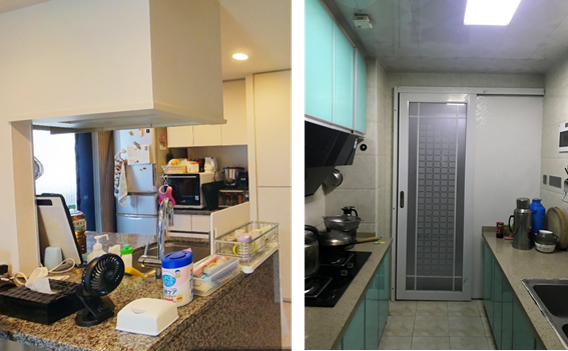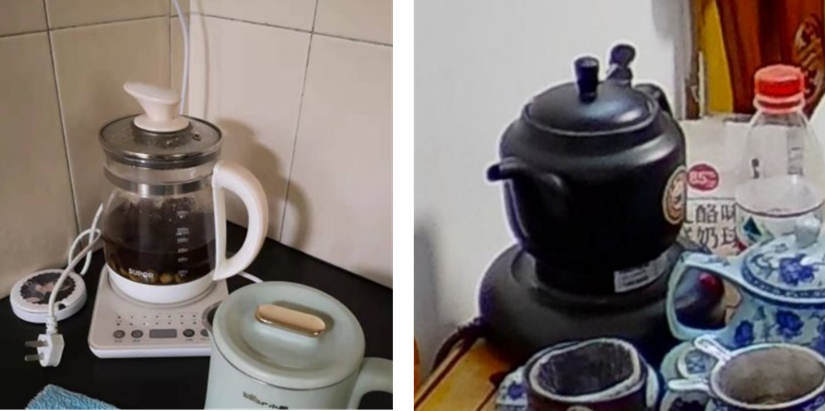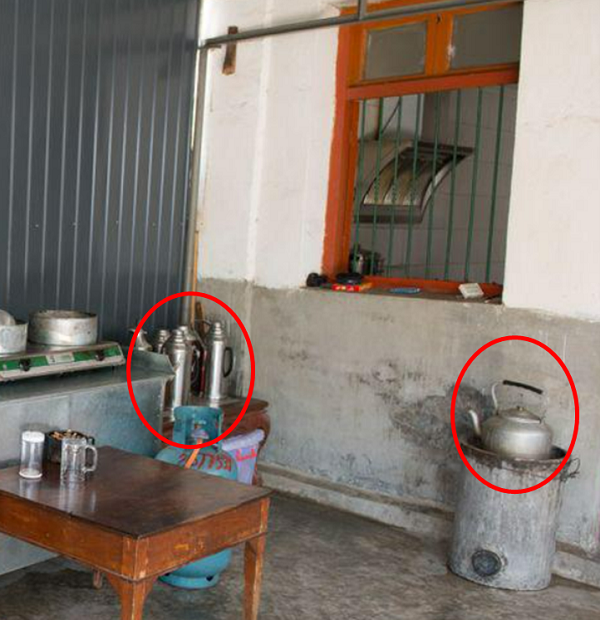[China: World Residence Tour] Chinese Lifestyle as Seen from Small Items in the Home
- Release date: Feb 02, 2021
- Update date: Sep 05, 2025
- 11889 Views
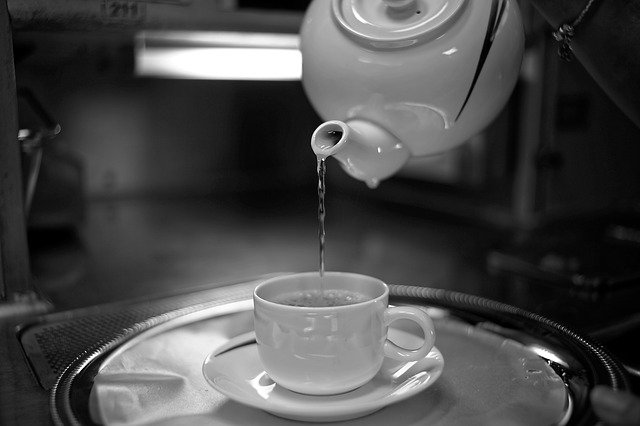
Commitment to hot water
It is probably no exaggeration to say that no other people in the world are as obsessed with hot water as the Chinese. The reason behind this is the theory of yin-yang harmony in Chinese medicine. The Chinese have long believed that drinking hot water has the effect of "warming yang," which helps to ward off cold and neutralize the "yin" qi in the body, thereby curing illness. Also, tap water in China is not directly drinkable like in Japan, so if you want to drink room temperature water in China, it is customary to boil the tap water and then leave it to come to room temperature. Also, if you go to a restaurant in China, you will probably notice that in most cases, what is served to customers is hot tea instead of cold. This is also an effect of this Chinese medicine theory and custom. Therefore, many small items reflecting this custom can actually be found in Chinese homes. First of all, if you look closely at a Chinese home, you will always find at least one water heater or kettle. Once the water is boiled, the next step is to keep it warm. In the case of a water heater that has a keep-warm function, you can just leave it there after boiling, but in the case of a kettle, there are other things that need to be kept warm. For this reason, the Chinese have always had the habit of using thermos bottles or heat-retaining bottles.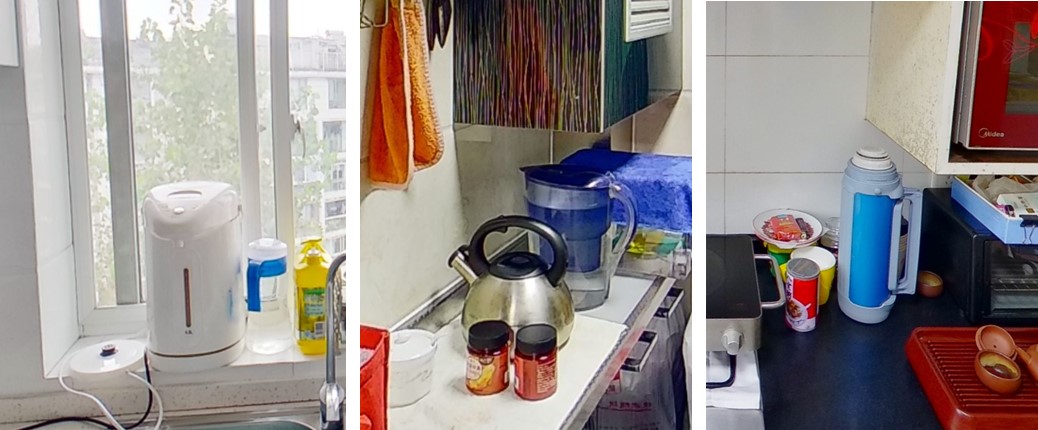
A Chinese house with a water heater (left), kettle (middle) and thermos (right).
* Source: Consumer Life Database ((Consumer Life Panorama))
What is Consumer Life Panorama?
This is a website-type database that has accumulated visual data on more than 1,000 sei-katsu-sha from 18 countries around the world. The database includes many 3D models of living environments and 2D data of items owned by each sei-katsu-sha, and is useful for understanding overseas sei-katsu-sha, which is difficult to grasp using only letters and numbers.
Using visual data such as those cited in this column,
Compare the differences in the attributes of overseas consumers
To get a realistic understanding of the actual usage of each category
To understand the overall lifestyle of target consumers
etc., can be utilized as a “no-go” home visit survey.
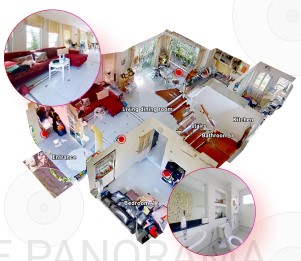
The challenge of diverse cooking and small kitchen space
In my first and third columns, I introduced the fact that due to the small kitchen space in Chinese households, the one thing that often gets left out in the kitchen is the refrigerator. There are many ways to cook Chinese food. There are many ways to cook Chinese food, and therefore, there are quite a few cooking utensils to use. On the other hand, the space in the kitchen is limited. Therefore, where to store and install the cooking utensils is quite a big issue. In fact, it is not only the refrigerator that has been evicted from the kitchen. This is especially true in Shanghai, where the per capita living space is particularly small. For example, people are trying to solve this problem by putting rice cookers in the living and dining rooms, and microwaves in the crevices.-
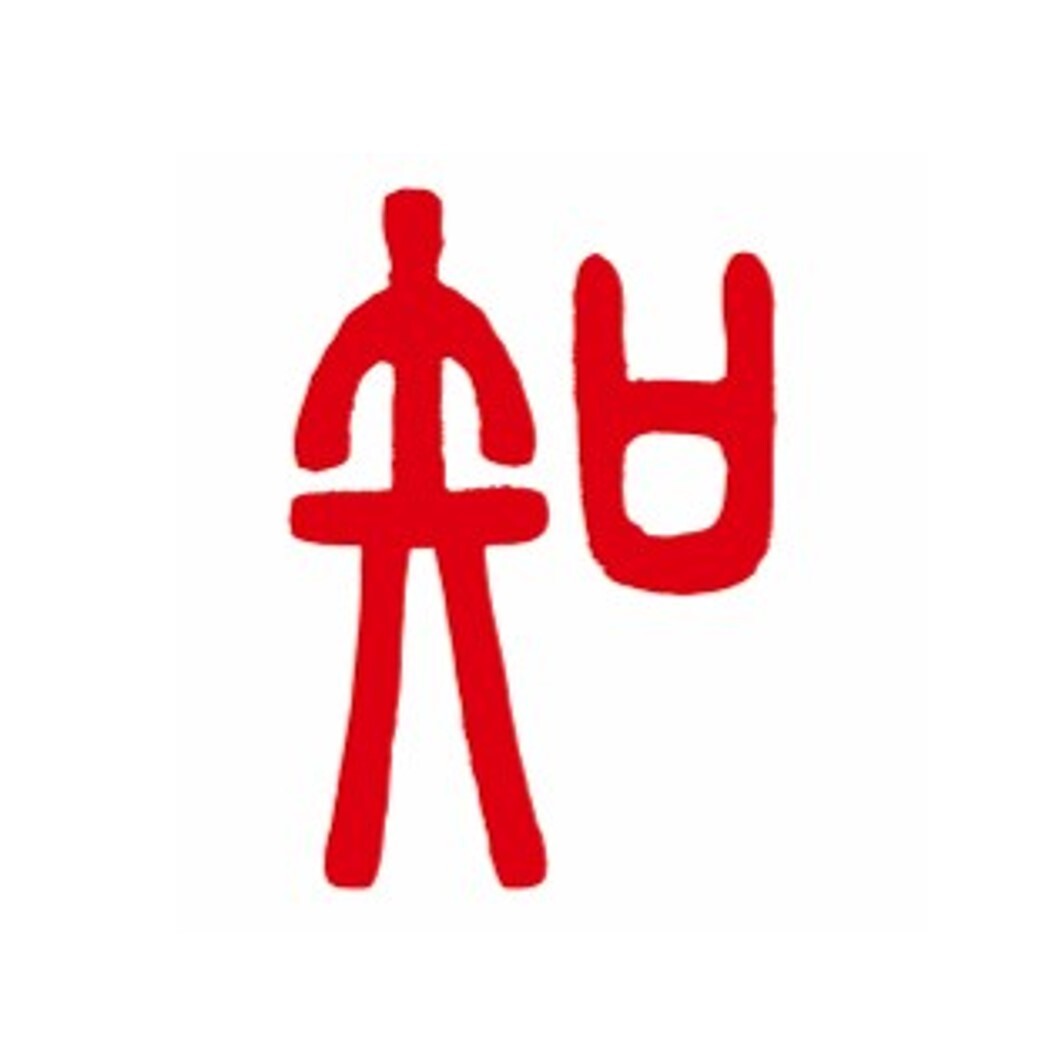
Author profile
Yang Yan
A Chinese researcher living in Japan, providing information on the actual living conditions of overseas consumers, mainly in China. Even though I came to Japan, my habit of drinking hot water still hasn't changed.
-

Editor profile
Yusuke Tatsuda
In charge of creating the Global Market Surfer website. When I was a student, I used to drink only chilled tea, but when I went on a business trip to China, I started drinking room temperature tea, which I still do today.
 Global Market Surfer
Global Market Surfer CLP
CLP
